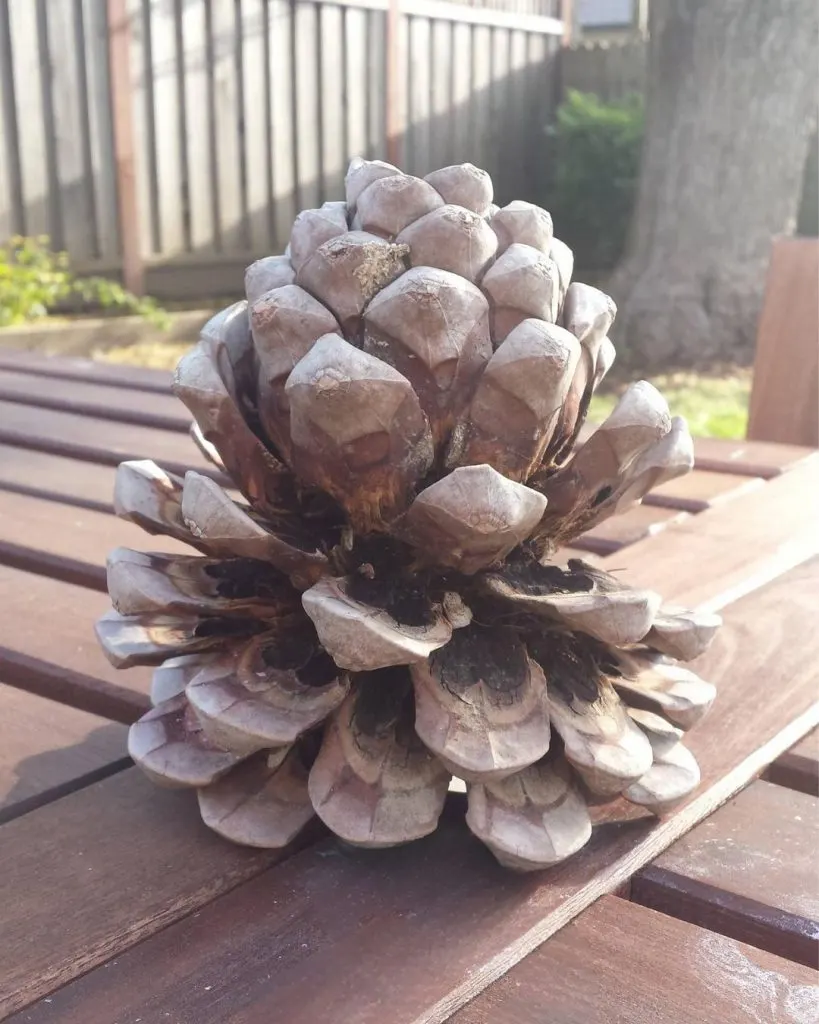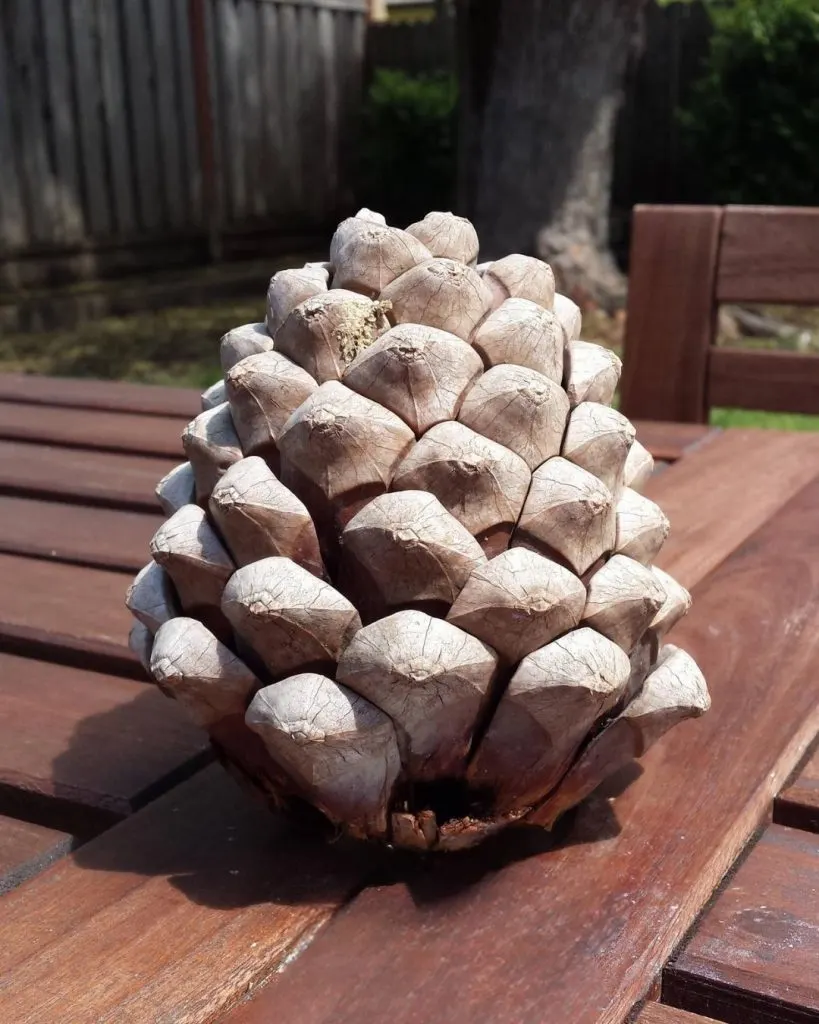Throughout history, people have used various methods to predict the weather – observing cloud formations, noting animal behavior, and even studying the phases of the moon.
But there’s one lesser-known, yet equally fascinating, method that could be right in your backyard: using a simple pine cone.
Harnessing the natural properties of pine cones, gardeners can gain potential insights into upcoming weather patterns.
In this post, we’ll explore the intriguing practice of hanging a pine cone to predict the weather, and explain how to interpret the changes you observe.
The Science Behind Predicting Weather with Pine Cones
At the heart of this fascinating weather-predicting method is the pine cone’s ability to react to changes in atmospheric conditions, particularly humidity levels. Pine cones are made of scales that naturally open and close in response to moisture in the air.

When the air is dry, the scales open to release seeds. However, when humidity rises, the scales close to protect the seeds.
Using this natural mechanism, gardeners can experiment with a basic yet effective method of predicting weather. Here’s how you can start:
First, find a healthy pine cone, preferably one that’s recently fallen from a tree. It’s important to choose one that’s fully intact with no damage.
Next, securely tie a string or twine around the base of the pine cone. The length of the string is up to you, but it should be long enough to allow the cone to hang freely.
Now, find an outdoor location such as a porch, tree branch, or any spot where the pine cone can hang undisturbed.
Reading Your Pine Cone’s Reactions
Once your pine cone is hung up, it’s time to watch how it reacts to its environment. While this method is not foolproof, it can offer interesting insights into changing atmospheric conditions.
Open Scales

When the pine cone’s scales remain open for an extended period, it’s a sign of dry weather. Open scales indicate low humidity, which often corresponds with sunny, clear days.
Closed Scales

If the scales close tightly, this points to increased moisture in the air. This could be an early sign of rain, snow, or even misty conditions on the way.
Oscillating Scales
Sometimes the pine cone may seem to be undecided, with its scales opening and closing repeatedly. This oscillation typically happens during transitional weather periods, such as when dry conditions are shifting to humid ones or vice versa.
No Noticeable Change
It’s also possible that the pine cone remains mostly unchanged for a longer period. In these cases, it may signal stable weather conditions, without extreme dryness or moisture in the air.
The Art of Observation
Using a pine cone for weather prediction requires patience and close observation. While this method won’t replace your smartphone’s weather app, it’s a fun and natural way to engage with the environment.
Remember, weather forecasting is complex, and relying solely on a pine cone won’t guarantee accuracy. It’s always best to use this method alongside traditional weather instruments for a more complete picture.
Bringing Nature’s Wisdom to Your Garden
The next time you see a pine cone in your garden or on a walk, don’t just think of it as a decoration. It’s a mini weather station that, with a little attention, can tell you more than you might expect about the world around you.
Whether you’re curious about what the sky will bring or simply want to bring a touch of old-world charm into your gardening routine, hanging a pine cone is a delightful and educational activity.
Who knew that such a simple object could connect us to the rhythms of nature so effectively?
Give it a try, and let your pine cone be your garden’s natural meteorologist!


